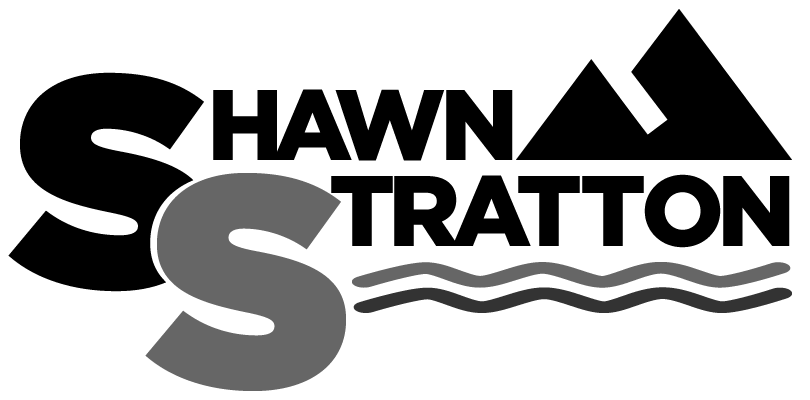





7 Ways Great Leaders Show Humility
With Remembrance Day this week in Canada and around the world I have been thinking about leadership in the military and what we can learn from the great military leaders. It seems any time I read an article or hear a US Navy Seal interviewed about leadership, the word...

5 Steps to Set Your Team up for Success!
The fundamental role of leaders is to set their team up for success. For any leader to be successful, the team needs to be successful first. The famous former CEO of General Electric, Jack Welch had tremendous success because his business team was successful. The NBA...

Why Your Team Will Never Think or Act Like You
You are the leader, you think and act differently than your team, stop expecting or wanting them to think like you. Many leaders I have worked with have a common complaint: their team doesn’t look at or even get the big picture. They are not committed, and are not...
Shawn Stratton, Leadership Motivational Speaker and Consultant
“His use of story telling, humor and photography delivered a powerful message on the importance of finding our true passion as an indicator of success. ” -Ian Shortall read more


